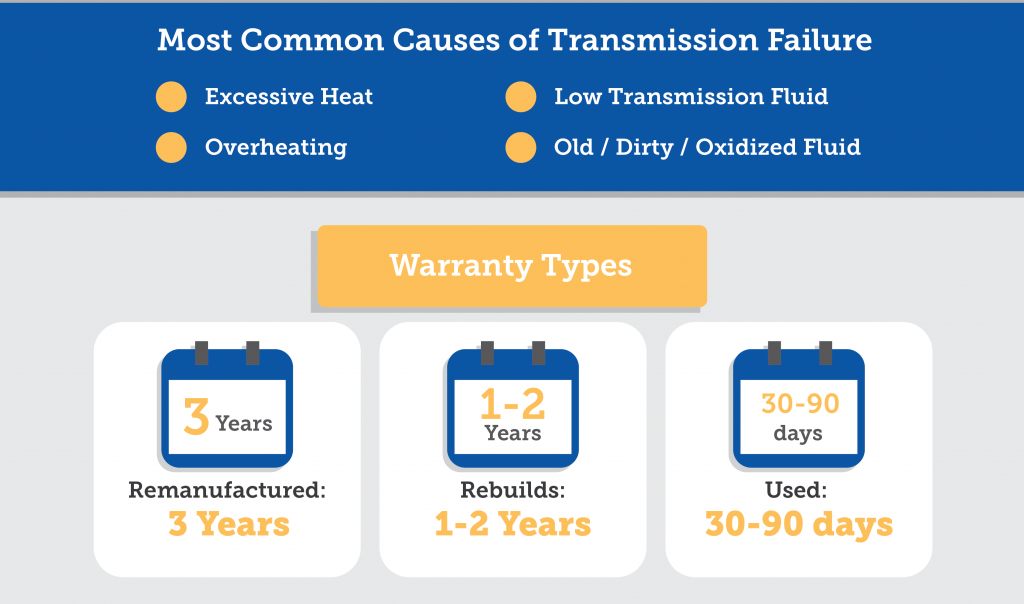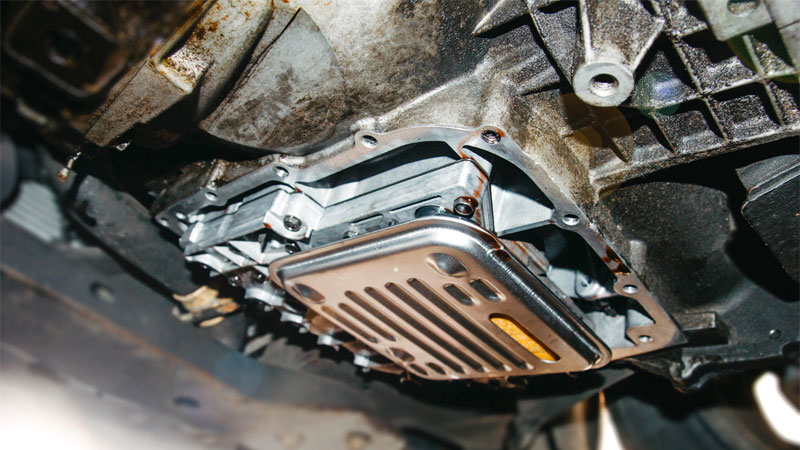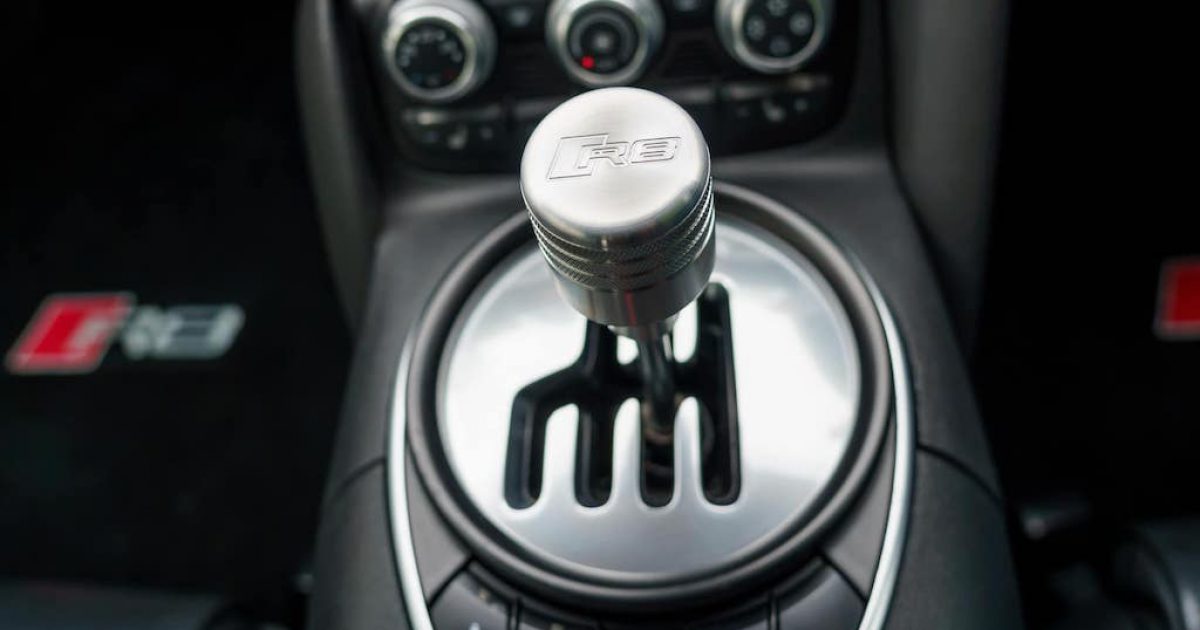Transmission Cost
Replace the spark plugs? Check.

Swap out the air filter? Done.
Chevrolet Silverado automatic transmission parts from AutoZone bring back that smooth power transfer you need when you are digging in and working hard. You can tell that you need Silverado automatic transmission repair when the gears slip instead of shifting smoothly, and it's best to plan for a repair then. Transmission infrastructure projects throughout the WECC region. This methodology begins with using the current cost of specified transmission equipment and the expected cost of land. The costs are the adjusted to identify the differential cost of developing on different land with different n. The cost of transmission flush varies from about $100 to $300. Where the job is done makes a difference to the cost, and how much fluid the vehicle requires makes a difference as well. Some vehicles have a transmission fluid capacity of as much as 20 quarts, and if a vehicle-specific fluid is necessary, that can bring the transmission service. Moreover, Zone (CREZ)transmissioninTexas,involving approximately 100 lines, with average costs of around $2,500 per MW.mile, and.TheSunrisePowerlinkinCalifornia,asingle line, with average costs of around $16,000 per MW.mile (Baldick & Littlechild, 2015).
Change the transmission fluid? What?
This is one of those tasks that should never be ignored. Thankfully, it’s not a costly procedure – and if you’re at least somewhat mechanically inclined, you can do it yourself at home.
What does it cost to change transmission fluid? It depends on where you take it. At a mechanics shop or dealer, the price will likely range between $80 to $250.
However, if you’re willing and able to do it yourself, it should fall between $50-$100.
Thankfully, in this short guide, we’ll cover everything you need to know about transmission fluid, including what it is, how often it needs to be changed, and what you can expect to spend for the service.
Finally, we will provide a step-by-step guide on how to change your transmission fluid yourself at home.
What Is Transmission Fluid And How Often Does It Need To Be Changed?
Transmission fluid is similar to engine oil in that it provides lubrication for the transmission – but it also acts as a hydraulic fluid.
It helps keep the transmission at a safe operating temp, facilitates gear shifts, and lubricates the moving parts.
Most transmission fluids contain:
- Lubricants
- Corrosion inhibitors
- Detergents
- Dispersants
- Surfactants
- Anti-wear additives
- Viscosity improvers/modifiers
- Seal swell additives
- Anti-foam additives
- Anti-oxidation compounds
- Cold flow improvers
- High-temperature thickeners
- Gasket conditioners
- Petroleum dye
When you are talking about a part that costs between $1,500-$3,500 to replace, does it really make sense to skip changing the one thing that keeps it working? Especially when the list of beneficial ingredients is as long as the one above?
Most transmission fluids last between 30,000-60,000 miles, though, some claim to last as long as 150,000 miles. The idea is not to see how long yours can last.
Update os in mac. It is to keep it as efficient as possible to protect the transmission.
What are the signs that you need new transmission fluid? A few of the most common signs include:
- Gear slipping
- Inability to shift
- Irregular shifts
- Overheated transmission
- Delayed gear shifts
Now that you know how vital transmission fluid is and how often that it needs to be changed. Let us now look at how much you might expect to spend on the service.
How Much Does Changing Transmission Fluid Cost?
The first factor that influences the cost is where you have it done – at a dealer or at a mechanic/service center. The next contributor is the make and model of your car. This determines the type of transmission fluid you need and how much.
Most transmission fluids range from about $8-$20 per quart, and most cars take between 5-15 quarts ($40-$300).
When you change your transmission fluid, you should also change the filter and sometimes the pan gasket. Filters range between $15-$30, and pan gaskets between $75-$150.
Add these all together, and you get a total cost of between $130-$480, with the average price ranging between $80 to $250. If you have the service performed at a mechanics shop or service center, expect to be towards the lower end, otherwise, be ready to spend more at a dealer.
Yosemite ios download. If you’re willing to get your hands a little dirty, you can always change your transmission fluid on your own for between $50-$100.

Not sure how?
Great news, we’ll cover that now.
How To Change Your Transmission Fluid At Home
Step #1 – Jack The Front Of The Car Up
Start by sliding a jack under the front of your car, positioning it so that it sits under the frame. Next, position a jack stand in place to ensure it’s secure.
Step #2 – Drain The Transmission Fluid Into A Drain Pan

Locate the bottom of the transmission, next to it should be the drain bolt, which you will loosen using a hex head.
You may want to wear some rubber gloves because once it’s loose, it will start pouring out. Finish by removing the bolt by hand.
Step #3 – Remove The Pan And Change The Filter
If your vehicle is equipped with a filter, you’ll have to replace it with a new one.
You’ll notice several bolts surrounding the pan, take these out to release it, at which point you can swap out the filter and put the pan back in place.
Step #4 – Tighten The Drain Bolt And Refill
Grab your hex head and tighten the drain bolt back in place. Then, you will need to determine how much fluid to add back in.
You can do this by taking the drain pan (that is now full of dirty transmission fluid) and pouring it into empty quart bottles. The number you need is how much to add back in.
The last step is to locate the transmission fluid cap and pour the new fluid in.
If you prefer visual instructions, check out this video guide.
Why Take The Risk? Instead, Maintain Your Transmission Fluid
As we mentioned earlier, the cost to replace a transmission ranges from about $1,500-$3,500.
Which would you rather spend your money on, a new tranny, or an $80-$250 fluid change every 30,000-60,000 miles?
We would definitely choose the latter.
You Might Love These Too
Imagine this: you hop in your car, put it in Reverse, and back out of the driveway.
Then, when you go to put it in Drive, it hesitates, makes a loud “clunking” sound, and then starts acting normal again.
It sounds like you might have an issue with your transmission.
How much do transmission repairs cost? It depends on the severity of the damage. If all it needs is a fluid change, you’re looking at a cost between $80-$250. To repair a fluid leak, expect to spend between $150-$200, and for a solenoid shift replacement, $150-$400.

However, the cost to repair a transmission pales in comparison to how much you’ll spend on rebuilding or replacing one.
Sadly, if you forego a needed repair, you will eventually find this out the hard way.
Thankfully, in this short guide, we’ll cover everything you need to know about transmission repairs. We’ll start by taking a closer look at how a transmission works.
Then, we’ll examine what causes them to fail and how to tell if yours is having issues.
Lastly, we’ll dive headfirst into each of the repair/replacement options available, and what they typically cost.
What Does A Transmission Do?
While an engine creates power, a transmission controls how much of it actually reaches the wheels at any given speed.
Using the gears of a bike as an example. When you shift between one to the other, the chain is temporarily lifted off, then put back in place.
This is similar to how a manual transmission works. By pressing the clutch in, it disconnects the engine from the transmission, allowing you to shift into a different gear. When you let off the clutch, it re-engages the two.
As for an automatic transmission, it is basically an automatic gear shifter that does the work for you. It uses what’s called a torque converter to determine when to shift so that when you speed up, it moves to a higher gear, and when you slow, it returns to a lower one.
If you start experiencing issues with your transmission, then it’s likely time to get it checked out. If you ignore it, it may eventually fail, meaning your car won’t be able to function.
Now that you understand the basics behind how a transmission works. Let’s look at what causes one to fail.
What Causes A Transmission To Fail?
Low Transmission Fluid
Just like an engine, a transmission requires fluid to function, which in this case is called transmission fluid. It not only acts as a lubricant but as a hydraulic fluid as well. This keeps it within a safe operating temp, facilitates gear shifts, and lubricates the moving parts.
As you might have guessed, if you’re low on transmission fluid, it will get hot, it won’t be able to shift smoothly, and the internal parts will eventually seize.
Thankfully, most tranny fluid lasts for between 30,000-60,000 miles, meaning if you’re an average driver, you only need to replace it every 2 ½-5 years. Not only that, but the cost of changing it is low, ranging between $80-$250.
Transmission Fluid Leak
This one is similar to the last in that it means your transmission doesn’t receive the essential fluid it needs. However, if your transmission is leaking fluid, you can’t simply add more, you need to fix the issue.
Thankfully, transmission fluid is red, so if you notice a puddle of red liquid under your car, it’s pretty apparent what it’s from. We’ll cover how to repair a leaking transmission, as well as how much it costs a little further in this article.
A Clogged Transmission Fluid Filter
If you didn’t know, your tranny has a filter that screens out harmful debris like dirt, dust, and metallic flakes before they continue on to wreak havoc. However, once the filter screens out enough debris, it can become clogged, rendering it useless.
Not only that, but it can also block the flow of fluid, meaning the same issue as the first two causes.
Thankfully, by changing your transmission fluid (and filter) every 30,000-60,000 miles, your tranny will remain healthy. Additionally, doing so will also allow you to catch small problems before they get worse.
Now that you know what causes a transmission to run into issues. Let’s look at a few of the most common symptoms that suggest yours is.
Symptoms Of A Faulty Transmission
Burning Odor
It’s never a good sign if you start noticing a burning smell coming from your car. As we mentioned earlier, a lack of fluid can cause your transmission to overheat. When there’s a small amount left, it can burn, giving off a unique, sweet-smelling burning odor.
Again, catching a failing tranny while it’s in the early stages is crucial to preventing further damage, and therefore, a higher shop bill.
Gear Slippage
This one is pretty easy to notice, it means your transmission shifts gears when it shouldn’t. This can not only cause further damage but make your car dangerous to drive as well.
A lot goes into making sure an automatic transmission shifts smoothly, but if yours is slipping gears, all of that goes out the window. This means you’ll experience a rough jerking sensation as the RPMs climb without warning.
While you might just consider this a nuisance, if you’re driving on slick roads, it can actually cause your car to lose traction. This puts yourself, your passengers, and those around you in danger.
Clunking/Whining Sound
Earlier, we mentioned how bad it is for a transmission to be without fluid. One of the reasons for this is because tranny fluid acts as a lubricant, creating a thin layer between the metal.
Without it, metal meets metal, which can produce a “clunking” or “whining” sound when the gears lock into place.
The longer these sounds continue, the more of a beating your transmission will endure, eventually leading to its failure.
Issues Shifting Gears
If your transmission hesitates, or jerks while changing gears, it’s likely low on fluid. Transmission fluid facilitates gear shifts, and without it, yours may have issues doing so.
As with the previous symptoms, taking your car in for an inspection at the first signs of a problem will help prevent the issue from worsening. Less damage equals a smaller repair bill.
Now that you better understand the symptoms to watch out for. Let’s look at how much you can expect to spend on transmission repair costs.
.jpg)
How Much Does Transmission Repair/Replacement Cost?
Transmission Fluid Flush
This service consists of depleting the system of all of the old transmission fluid and replacing it with new fluid. Depending on where you take your vehicle, the cost can range from $80-$250. Thankfully, it’s also something you can do at home to cut these costs in half.
Related:What Does It Cost To Change Transmission Fluid?
Shift Solenoid Replacement
A shift solenoid is basically a valve that controls how much fluid flows through the transmission. Replacing a single solenoid can range anywhere from $150-$400 (including both parts and labor). Most transmissions have 2 or more solenoids, meaning the costs can rack up fairly quickly.
Transmission Fluid Leak
Transmission leaks typically occur from a worn seal, which can cost as much as $200 to replace. However, if the leak stems from the front seal, this amount will increase by a significant amount.
Thankfully, most transmission fluids carry seal swell agents, which keep them from drying out and shrinking. You can also add specific additives meant to maintain transmission seals.
Transmission Rebuild
A transmission rebuild consists of replacing any worn/broken parts and salvaging what you can. The issue is that this takes a lot of time. Because of this, the costs are close to how much it is to simply replace the tranny. How much does a transmission rebuild cost? $2,500-$4,500.
Transmission Replacement
And then, there’s transmission replacement, which is the only thing worse than finding out your engine is shot. Why? Because when all is said and done, the costs of replacing your transmission with a new one ranges between $4,000-$8,000.
Thankfully, you can reduce these costs by replacing it with a used or rebuilt transmission, which ranges between $2,500-$4,000.
Instead Of Repairing/Replacing – Maintain The Transmission You Already Have
It’s that simple. Instead of staring in wonder at a sizable repair bill, avoid it altogether, by maintaining your tranny throughout its lifetime.
Transmission Rebuild Cost
You Might Love These Too
